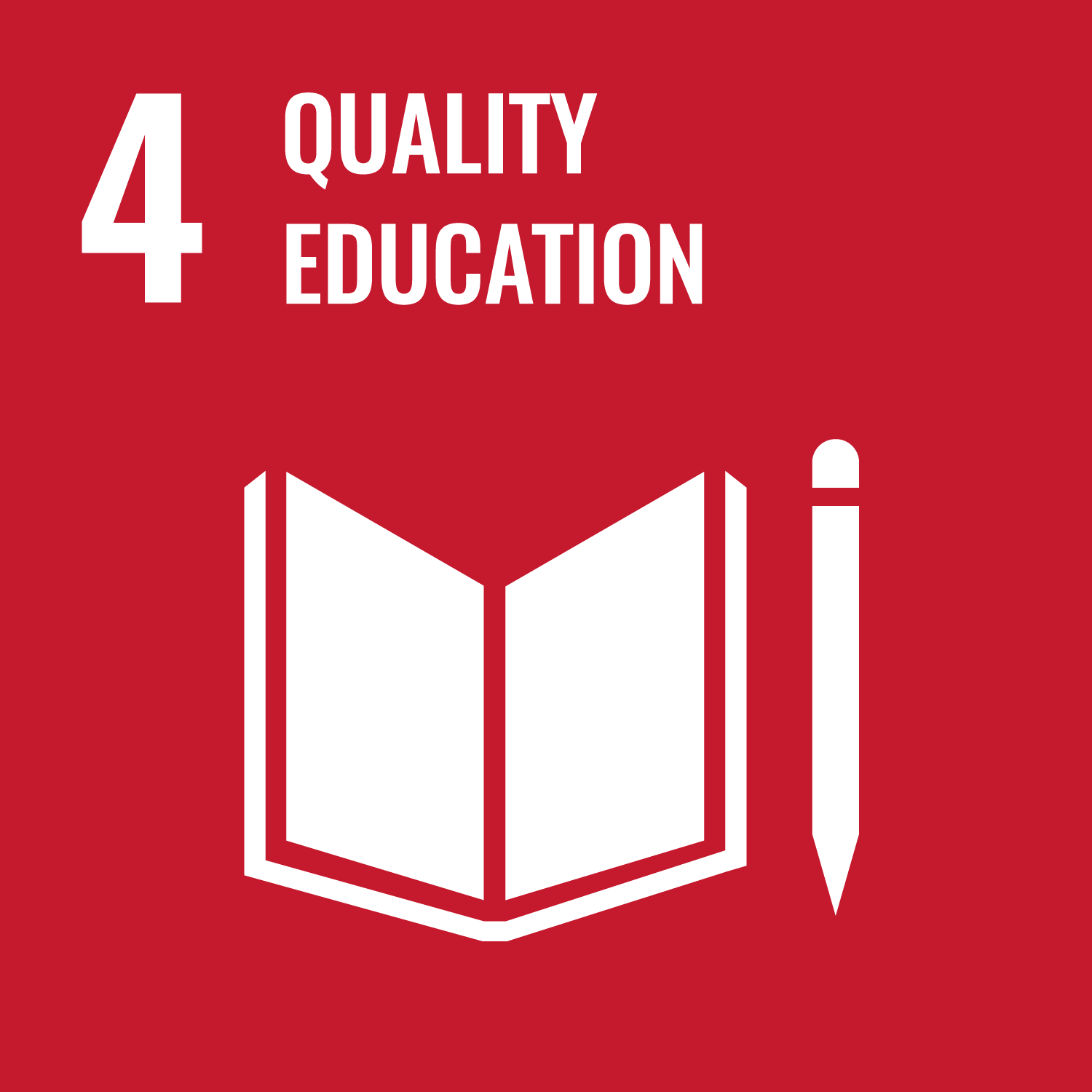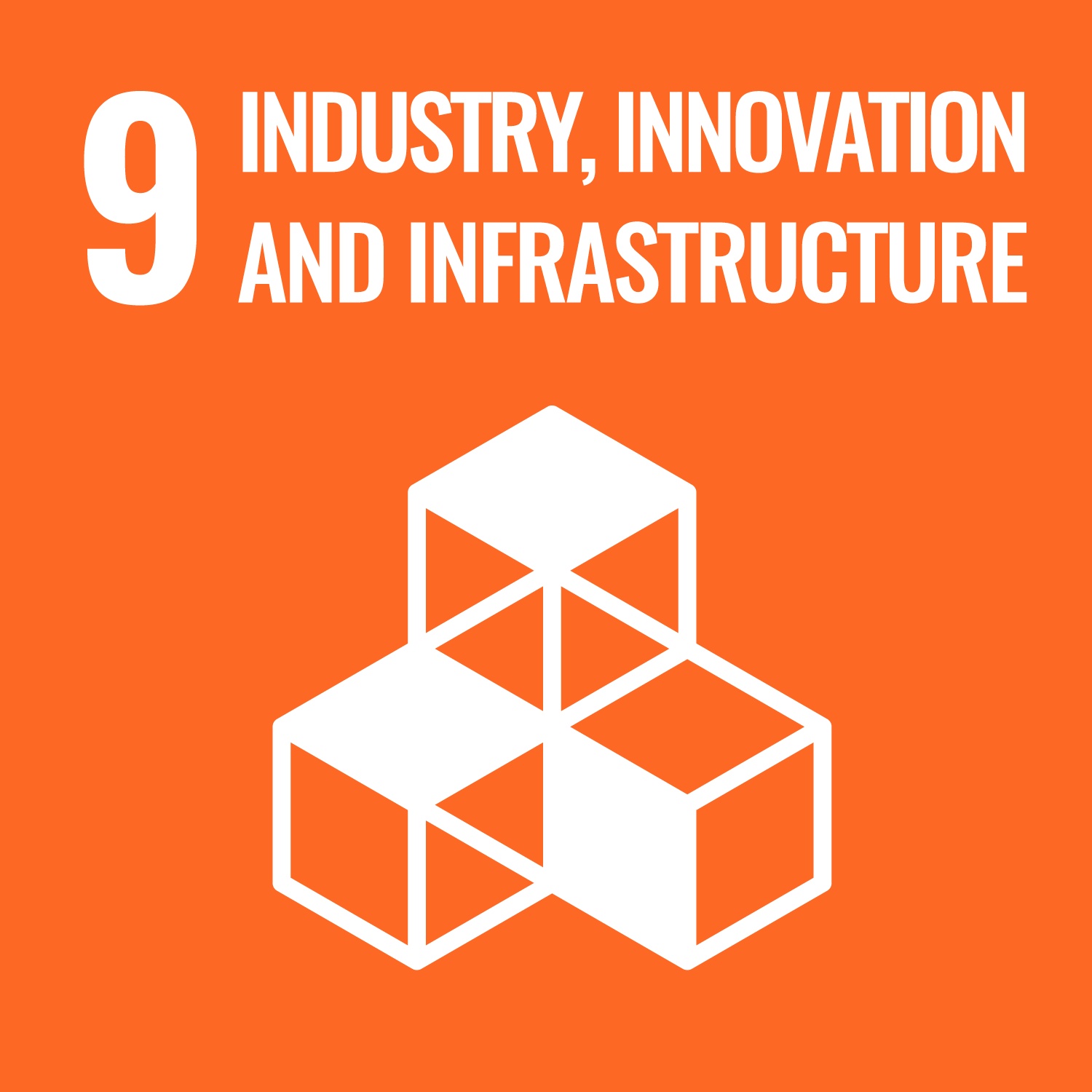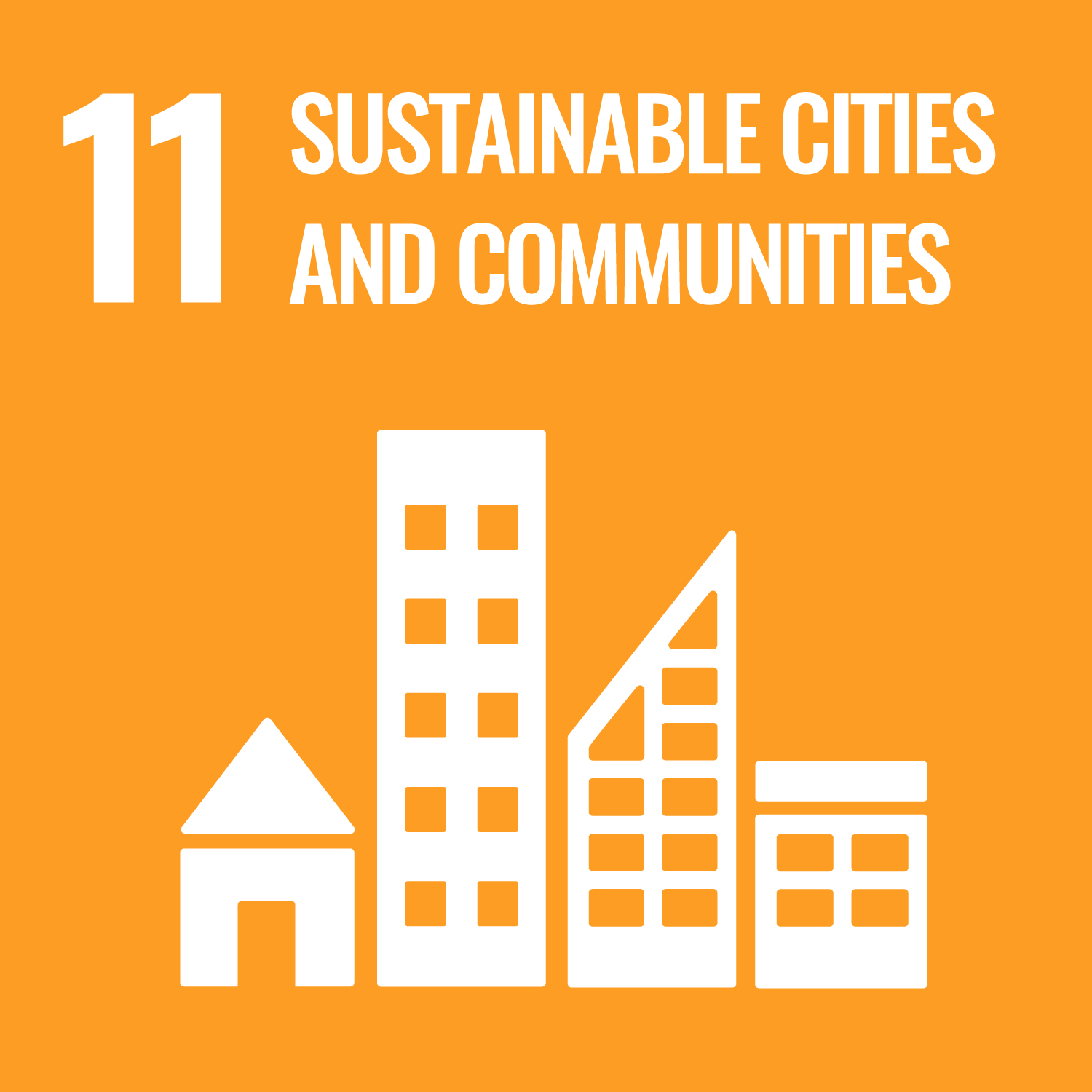科学コミュニケーションは「科学を市民に伝え、科学についての思いを市民から聞き、科学と社会の望ましい関係を共に考える。」ことである。本科目では、科学コミュニケーションの歴史や概念を講義で学んだ後、科学を伝える活動を通じ、科学コミュニケーション技術を学ぶ。この活動を通じ、科学と社会、自分の携わる研究と社会との関係について考察する機会とする。
Scientific communication is "to convey the science to the public, hear from the public about the science, and think together about the advisory relationship between science and society." In this course, after learning the history and concepts of scientific communication through lectures, students will learn scientific communication technology through activities that convey science. Through this activity, we will have an opportunity to consider the relationship between science and society and the research we are engaged in and society.
Scientific communication is "to convey the science to the public, hear from the public about the science, and think together about the advisory relationship between science and society." In this course, after learning the history and concepts of scientific communication through lectures, students will learn scientific communication technology through activities that convey science. Through this activity, we will have an opportunity to consider the relationship between science and society and the research we are engaged in and society.
各自の研究成果を広く世の中にわかりやすく伝える能力を磨く。特に、対象となる人の年齢、バックグラウンド、科学や技術の話を聞くモチベーションに合わせて、どのように説明したらいいのか、事前に検討する。対象者に満足してもらえるためには、どのような準備をしたらいいのか、会場の設定、集客、プログラムなど企画全般が行える能力を身につける。
Develop the ability to convey your research results to the world in a way that is easy to understand. In particular, consider in advance how to explain according to the age, background, and motivation of listening to science and technology of the target person. In order to satisfy the target people, acquire the ability to do general planning such as setting the venue, attracting customers and programs, what preparations should be made.
Develop the ability to convey your research results to the world in a way that is easy to understand. In particular, consider in advance how to explain according to the age, background, and motivation of listening to science and technology of the target person. In order to satisfy the target people, acquire the ability to do general planning such as setting the venue, attracting customers and programs, what preparations should be made.
- 科学コミュニケーションの歴史や概念を理解する。
Understand the history and concepts of scientific communication. - サイエンスカフェなどの企画を立案実施することで科学や技術を伝える活動を通じ、コミュニケーション力を養う。
Develop communication skills through activities that convey science and technology by planning and implementing projects such as science cafes. - 科学と社会、自分の研究と社会の関係について考え、自分の果たすべき役割を認識する。
Think about the relationship between science and society, your research and society, and recognize your role.
| Class schedule | HW assignments (Including preparation and review of the class.) | Amount of Time Required | |
|---|---|---|---|
| 1. | 講義−1:「科学コミュニケーションとは」 歴史、概念、手法などの説明、現時点での科学コミュニケーションスキル Lecture-1: "What is scientific communication?" Explain history, concepts, methods, etc., current scientific communication skills |
講義の復習、確認 Lecture review and confirmation |
190minutes |
| 2. | 講義−2:「3分間で伝えられること、伝わること」 自分の研究を短時間で明確に他人に伝えられるかの実習を行う。 ワークシートを使いながら、自己評価、仲間の評価を行い、全体でも共有する Lecture-2: “What can be conveyed in 3 minutes, what can be transmitted” Practicing whether or not you can clearly convey your research to others in a short time. While using the worksheet, perform self-evaluation, peer evaluation, and share it as a whole |
新聞や雑誌では最近の科学や技術をどう伝えているか調べてみよう Find out how newspapers and magazines convey recent science and technology |
190minutes |
| 3. | 講義−3:「目的に応じたコミュニケーション」 何を誰に伝えるか、対面とオンラインの違い Lecture-3: “Communication according to purpose” What to tell and who to tell, the difference between face-to-face and online |
身近な人と最近の科学や技術について話をしてみよう Talk to someone close to you about recent science and technology |
190minutes |
| 4. | 講義-4:「より良く伝えるための実践」 サイエンスカフェのグループ分け、企画、集客の戦略 Lecture-4: "Practice for better communication" Strategies for grouping science science cafes, planning, and attracting customers |
活動目標・戦略の設定:サイエンスカフェの企画をまとめる(次週提出) Setting activity goals and strategies: Summarize the science cafe plan (should be submitted next week) |
190minutes |
| 5. | 講義-5:「より良く伝えるために」 テーマの明確化、オンラインだからこそできること 役割分担 Lecture-5: "To communicate better" Clarifying the theme, what you can do only online Division of roles |
事前提出課題の作成 Creating a pre-submission issue |
190minutes |
| 6. | 講義-6:サイエンスカフェのリハーサル 想定しうるトラブル回避の方法 満足度を高めるための仕掛け Lecture-6: Science Cafe rehearsal Possible trouble avoidance method Tips to increase satisfaction |
問題点の発見、その場で出来る対応 Find problems and take action on the spot |
190minutes |
| 7. | 実践研修−1:サイエンスカフェ1(午前) オンラインを用いたサイエンスカフェの運営、実施 Practical Training-1: Science Cafe 1 (am) Operation and implementation of online science cafe |
活動の整理、前回の反省と解決策を練っておく。 Organize activities, Elaborate on the last reflection, and the solution. |
190minutes |
| 8. | 実践研修−2:サイエンスカフェ1(午後) オンラインを用いたサイエンスカフェの運営、実施 Practical training-2: Science Cafe 1 (pm) Operation and implementation of online science cafe |
問題点と解決策のまとめ(次週提出) Summary of problems and solutions (should be submitted next week) |
190minutes |
| 9. | 講義ー9:サイエンスカフェ1の振り返り 想定内と想定外 良かった点と良くなかった点 アンケート解析 Lecture-9: Review of Science Cafe 1 Within and outside expectations Good points and bad points Questionnaire analysis |
活動の整理、前回の反省と解決策を練っておく。学生同士の情報交換 Summarize activities, reflect on the last time, and devise a solution. Information exchange between students |
190minutes |
| 10. | 講義−10;サイエンスカフェ2に向けて 新たな戦略、リハーサル Lecture-10: Towards Science Cafe 2 at Ohmiya SIT festa New strategy, rehearsal |
活動の整理.よりよくするための情報交換 Summariize activities, Information exchange to improve |
190minutes |
| 11. | 実践研修−3:サイエンスカフェ2(午前) 対面でのサイエンスカフェの運営、実施、大宮祭 Practical Training-3: Science Cafe 2 (am) Operation and implementation of Ohmiya SIT festa science cafe |
活動のまとめ、特に対象からどのような反応があったかのメモは忘れがちなので早めにまとめる。 It is easy to forget the summary of the activity, especially the memorandum of the reaction from the subject, so summarize it early. |
190minutes |
| 12. | 実践研修−4:サイエンスカフェ2(午後) 対面での用いたサイエンスカフェの運営、実施、大宮祭 Practical training-4: Science Cafe 2 (pm) Operation and implementation of Ohmiya SIT festa science cafe |
実践実習の結果を最終レポートに反映させる。スライドの準備(次週発表) Reflect the results of practical training in the final report. Slide preparation (presentation next week) |
190minutes |
| 13. | 発表および討論−1:科学コミュニケーションの活動結果についての発表と討議 各自、サイエンスカフェの報告をして、質疑を受ける Presentation and Discussion-1: Presentation and discussion on the results of scientific communication activities Each person reports to the Science Cafe and gets a question and answer |
レポートの作成と提出(指定日までに提出) Report creation and submission (submission by designated date) |
190minutes |
| 14. | 発表および討論−2:自分にとっての科学コミュニケーションとは Presentation and discussion-2: What is scientific communication for me? |
レポートの作成と提出(指定日までに提出) Report creation and submission (submission by designated date) |
190minutes |
| Total. | - | - | 2660minutes |
| Activity | presentation | report | Total. | |
|---|---|---|---|---|
| 1. | 10% | 5% | 10% | 25% |
| 2. | 30% | 5% | 10% | 45% |
| 3. | 10% | 10% | 10% | 30% |
| Total. | 50% | 20% | 30% | - |
実践活動の時間,および,最終発表・質疑応答に対して評価する.
評価基準:実践活動を50点として,それ以下の時間数は案分して評価点とする.
最終発表・質疑応答に関しては,発表内容20点,最終レポート30点として採点する.
Evaluate the time of practical activities and the final presentation and Q&A.
Evaluation criteria: Practical activities are set to 50 points, and the number of hours less than that is divided into evaluation points.
Regarding the final presentation and Q&A, 20 points for the presentation content and 30 points for the final report will be scored.
評価基準:実践活動を50点として,それ以下の時間数は案分して評価点とする.
最終発表・質疑応答に関しては,発表内容20点,最終レポート30点として採点する.
Evaluate the time of practical activities and the final presentation and Q&A.
Evaluation criteria: Practical activities are set to 50 points, and the number of hours less than that is divided into evaluation points.
Regarding the final presentation and Q&A, 20 points for the presentation content and 30 points for the final report will be scored.
| ways of feedback | specific contents about "Other" |
|---|---|
| Feedback in the class |
- Course that cultivates a basic interpersonal skills
- Course that cultivates a basic self-management skills
- Course that cultivates a basic problem-solving skills
| Work experience | Work experience and relevance to the course content if applicable |
|---|---|
| N/A | 該当しない |



- 4.QUALITY EDUCATION
- 9.INDUSTRY, INNOVATION AND INFRASTRUCTURE
- 11.SUSTAINABLE CITIES AND COMMUNITIES
Last modified : Sat Sep 09 07:41:33 JST 2023
